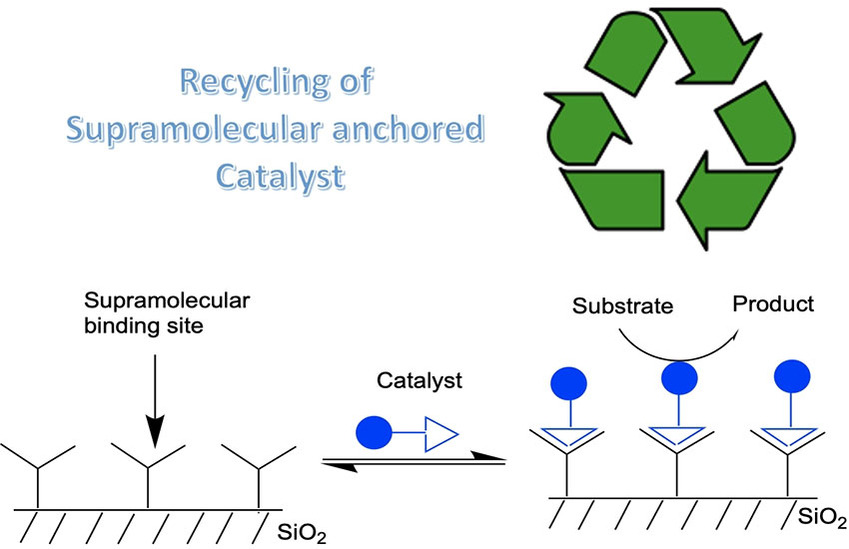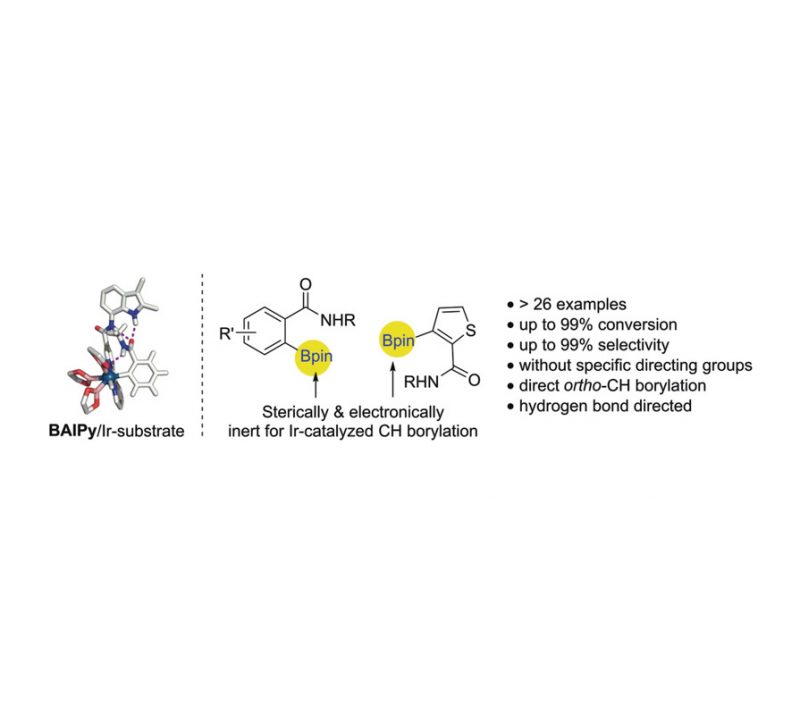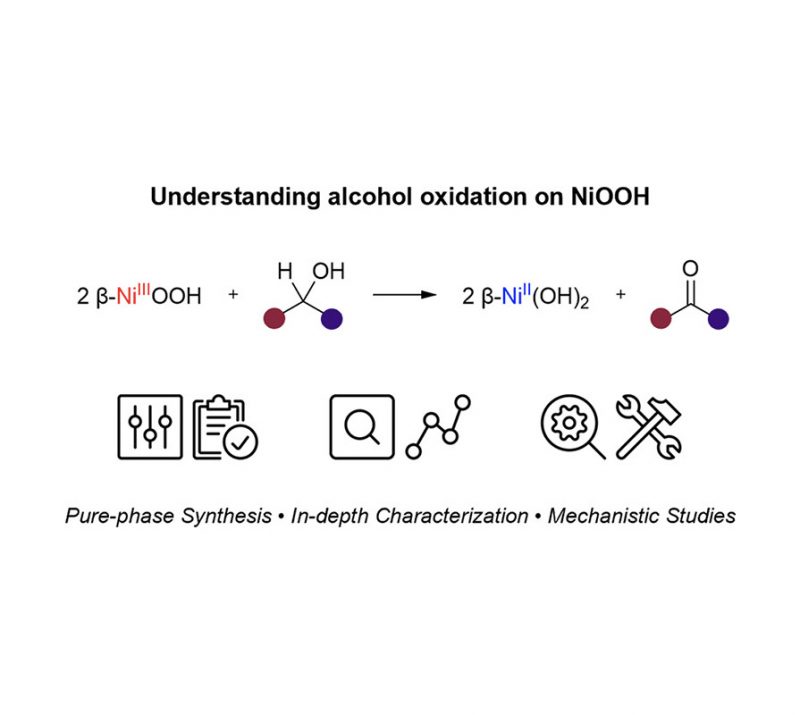Bo Zhang, Joost N. H. Reek
Chemistry – An Asian Journal, 2021, 16(23), 3851-3863
DOI: 10.1002/asia.202100968

Abstract
Greener synthetic methods realized by supramolecular chemistry: Catalyst recycling has always been a hot spot in chemistry research, as it improves the economics as well as the sustainability of a process. Supramolecular chemistry has explored as a new tool to facilitate recycling of homogeneous catalysts. Various unique supramolecular strategies for catalysts recycling developed in the past decades are reviewed.
Supramolecular approaches are increasingly used in the development of homogeneous catalysts and they also provide interesting new tools for the recycling of metal-based catalysts. Various non-covalent interactions have been utilized for the immobilization homogeneous catalysts on soluble and insoluble support. By non-covalent anchoring the supported catalysts obtained can be recovered via (nano-) filtration or such catalytic materials can be used in continuous flow reactors. Specific benefits from the reversibility of catalyst immobilization by non-covalent interactions include the possibility to re-functionalize the support material and the use as “boomerang” type catalyst systems in which the catalyst is captured after a homogeneous reaction. In addition, new reactor design with implemented recycling strategies becomes possible, such as a reverse-flow adsorption reactor (RFA) that combines a homogeneous reactor with selective catalyst adsorption/desorpion. Next to these non-covalent immobilization strategies, supramolecular chemistry can also be used to generate the support, for example by generation of self-assembled gels with catalytic function. Although the stability is a challenging issue, some self-assembled gel materials have been successfully utilized as reusable heterogeneous catalysts. In addition, catalytically active coordination cages, which are frequently used to achieve specific activity or selectivity, can be bound to support by ionic interactions or can be prepared in structured solid materials. These new heterogenized cage materials also have been used successfully as recyclable catalysts.



